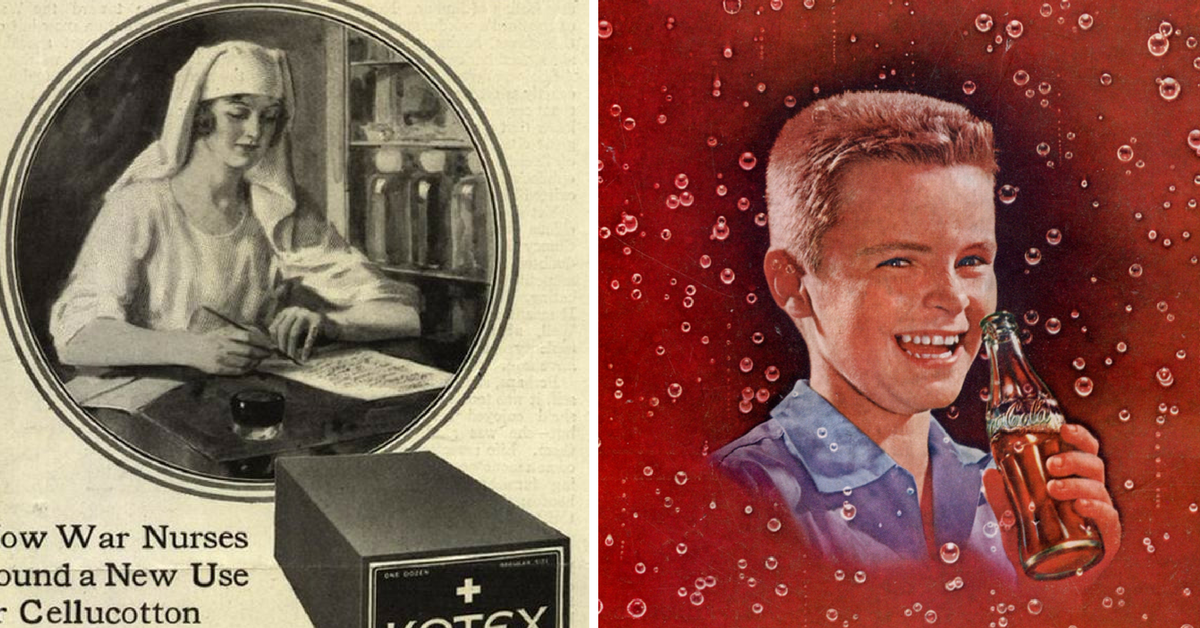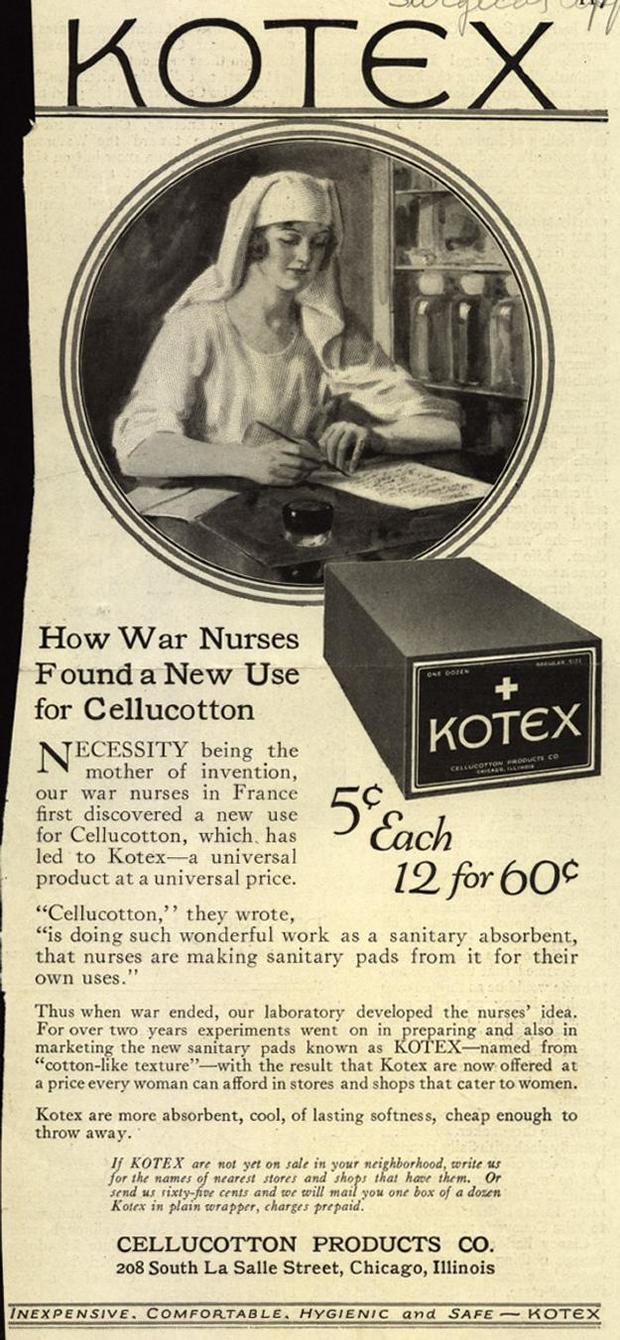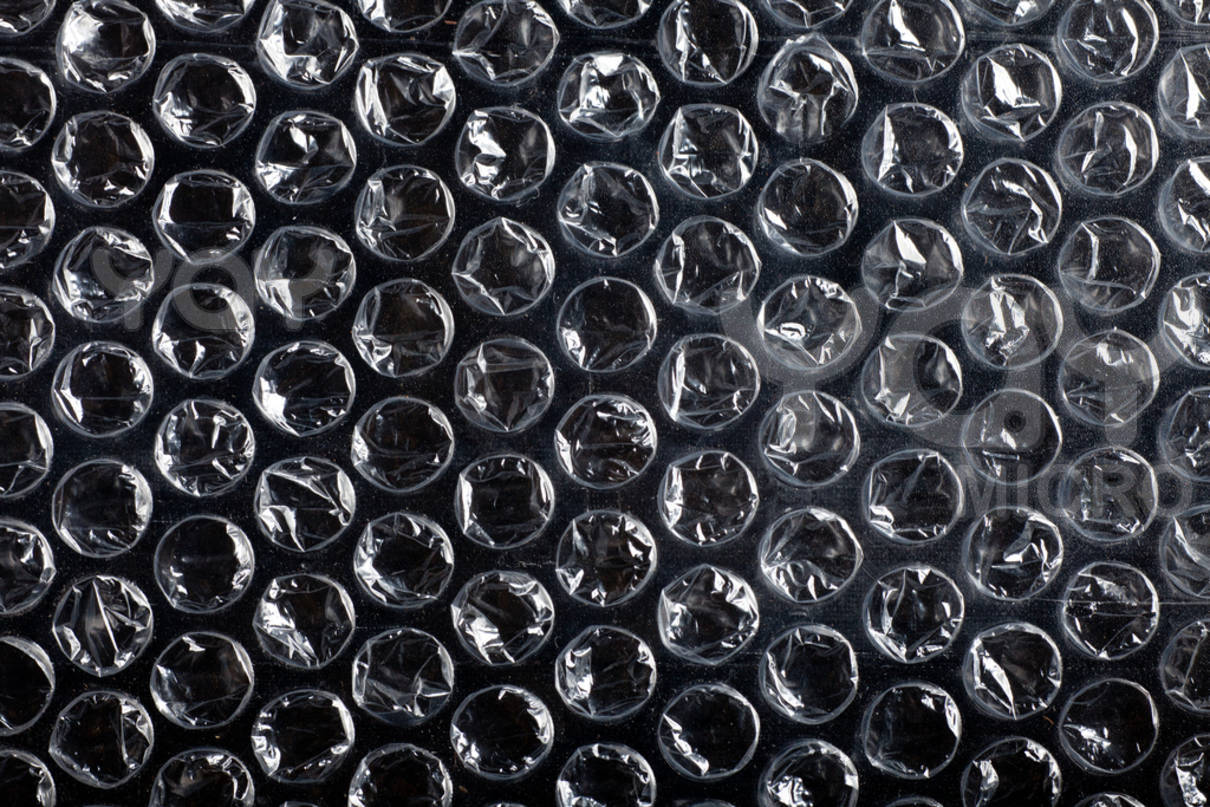Inventors are integral to our world. Imagine your life without a car, a refrigerator, or even just plumbing!
Those ones obviously have a specific purpose, but there are some things out there that were created for totally different reasons than what we use them for today.
1. Kleenex
Before we used it to blow our noses all blessed winter long, Kleenex was marketed as a replacement for "cold cream towels" to apply skin care products. In 1924, the product was sold as "the new secret of keeping a pretty skin as used by famous movie stars." Six years later, in 1930, this was changed to brand Kleenex as we know it today.
2. Kotex
During World War I, Kimberly-Clark produced surgical dressing out of Cellucotton, which was relatively new at the time. Cellucotton was super absorbent and helped treat battle wounds, but as time went on the nurses found the product was also useful for feminine hygiene needs. After the war, it was marketed as "sanitary napkins" and the name was changed to Kotex, short for "cotton texture."
3. Bubble Wrap
Now it's used for packing (and for having fun) but bubble wrap was originally designed to be wallpaper! Engineer Al Fielding and Swiss inventor Marc Chavannes were trying to invent a textured wallpaper, but strangely enough the market wasn't huge for that. Then, IBM announced their new computer in 1959 and Fielding and Chavannes had a great idea. They pitched bubble wrap as a packing material and the rest is history.
4. Lysol
Are you ready for this one? When Lysol was first introduced, it was marketed as a "vaginal douche" as well as contraception. Shocker, though: it did NOT prevent pregnancy and it was extremely dangerous. The fact that it's now used as a disinfectant should probably make that clear.
4. Listerine
What wasn't Listerine marketed as? There were so many uses for the now-mouthwash which was invented in 1888:
- surgical antiseptic
- a cure for gonorrhea
- "sweaty feet, and soft corns, developing between the toes"
- cigarette additive
- cure for the common cold
- dandruff treatment
It wasn't until the 1920s that it found its current use: mouthwash.
5. Play-Doh
The current kids toy was invented in the 1930s and intended to be the best wallpaper cleaner around. This didn't happen, of course, and 20 years later the inventor's son remarketed the product for kindergartners.
6. Post-It Notes
In 1968, Spencer Silver was trying to create a super strong adhesive to be used in the aerospace industry. What he got, instead, was an extremely weak, pressure-sensitive adhesive. He did, however, notice there was no residue leftover after it was used, and it could be reused a few times over. Years later, Arthur Fry, who had worked with Silver at the time, used the adhesive to keep the pages of his hymnal together at church. The rest is history!
7. Slinky
The slinky had a pretty big job: it was used as metal springs to help stabilize devices on ships experiencing choppy seas. One 'spring' was accidentally knocked off a table and made its way to Richard James, who says he didn't really invent it.
"Strictly speaking, I didn't invent the Slinky. He practically walked into my life."
8. Coca Cola
Coca-Cola was invented as an alternative to morphine addiction. It was also used to treat headaches and relieve anxiety. Coke's inventor, John Pemberton, was a veteran of the Civil War who himself had a morphine addiction. He created the sweet, alcoholic drink and added in coca leaves, an active ingredient in cocaine. Two decades later, the recipe would be tweaked (and legalized) to become the popular, sugary drink that is the most popular soda in the world.


